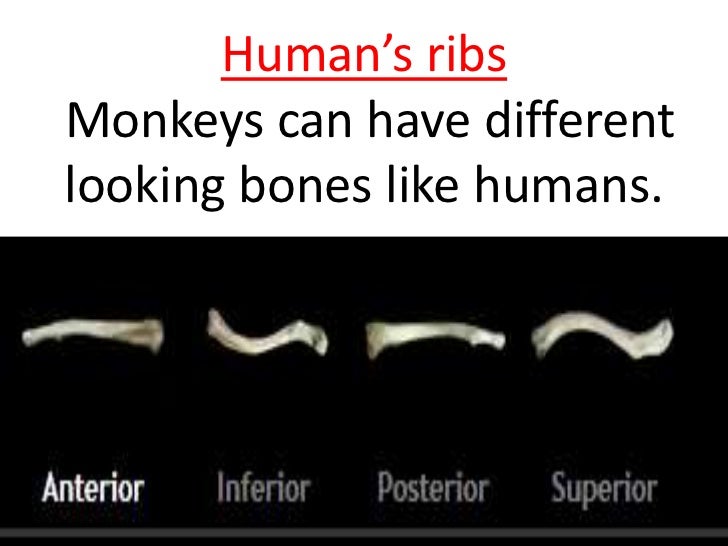
It may be that humans evolved in the east and then spread south, or the other way round.Ī third possibility, however, is that there were many different lines of humans evolving alongside each other, and perhaps occasionally interbreeding. Stringer says we can’t judge which area humans actually evolved in, because so many of the east African fossils are fragmentary and can’t be compared with the A. sediba skeletons. Many of the most famous hominin fossils have been found in east Africa, in places like the Rift Valley, but more and more have since appeared in the south. The finding cements the importance of South Africa in human evolution, says Chris Stringer of the Natural History Museum in London, UK. Berger says it’s not surprising that the fossil is a confusing mixture, pointing out that that is exactly what we would expect in a transitional fossil. They all come to the same conclusion: A. sediba is halfway between Australopithecus and Homo. Other groups have focused on the pelvis, feet and ankles.
.png)

So far no tools have been found, but tool use by human-like ancestors dates back at least 2.5 million years. Kivell says these hands may have made and used stone tools. The fingers are long, thin and slightly curved, just like those of apes, which would have allowed A. sediba to grip branches firmly.īut the thumb is proportionately longer than in apes, a distinctly human trait that would have allowed A. sediba to grip small objects precisely. “Interpretation of surface features of brains is fraught at the best of times,” he says, “but on individual specimens that are merely impressions of the original brain and millions of years old to boot?” HandyĪ second group led by Tracy Kivell of the Max Planck Institute for Evolutionary Anthropology in Leipzig, Germany, looked at A. sediba‘s hands. We need to treat the brain studies with great caution, says Robert Barton of Durham University in the UK. Although neck bones were part of the find, they have not yet been studied in detail, so we don’t know if A. sediba was built for speech. In modern humans this area is important for language processing, hinting that A. sediba had advanced communication skills.Ĭarlson remains cautious, however, pointing out that spoken language relies on adaptations like vocal cords. The orbitofrontal region, which sits just behind the eyes, is a different shape to those of other australopiths and apes, and may have been rewired into a more human-like design.Ĭarlson draws particular attention to an area called the inferior frontal gyrus, which has bulged out in A. sediba. That suggests there was no overall increase in brain size over the course of australopith evolution.īut Carlson says A. sediba‘s brain had been subtly reorganised. A. afarensis, by contrast, averaged 459 cc, despite being an earlier species. This was small even for an australopith, with a volume of just 420 cubic centimetres. Kristian Carlson of the University of the Witwatersrand and colleagues used synchrotron scans to build a detailed 3D image of the inside of the skull, allowing them to calculate the shape of Karabo’s brain. It’s also been named: South African schoolchildren chose the name Karabo, which means “answer” in the Setswana and Sotho languages of southern Africa. So far, the male skull has been excavated.

One area of particular interest is the brain size. He says they are unusually advanced for an Australopithecus, and may show how the australopiths evolved into humans. Together with a large team of researchers, Berger has spent the last year intensively studying the two A. sediba skeletons. Not until Homo erectus evolved, around 1.8 million years ago, did larger brains appear. Unlike chimpanzees and other apes, they walked on two legs, but their brains were still small. Excavated by Lee Berger of the University of the Witwatersrand in Johannesburg, and colleagues, they were given the name Australopithecus sediba.Īustralopithecines were early hominids that lived between 4 and 2 million years ago: the best-known fossil example is a 3.2-million-year-old Australopithecus afarensis skeleton found in Ethiopia and nicknamed Lucy.

Both about 1.2 metres tall, they are unusually complete and well-preserved and date from 1,977,000 years ago. The two fossils, an adult female and a juvenile male, were discovered in the Malapa cave system near Johannesburg, South Africa, in 2008. A year of detailed study has revealed that the skeletons are a hodgepodge of anatomical features: some bones look almost human while others are chimpanzee-like. Two fossil skeletons of early humans appear to mark a halfway stage between primitive “ape-men” and our direct ancestors.


 0 kommentar(er)
0 kommentar(er)
